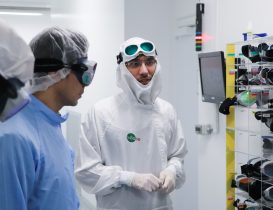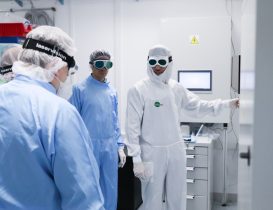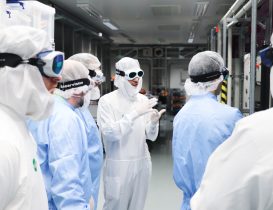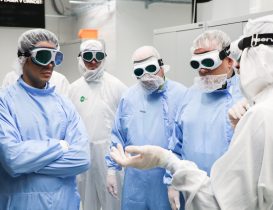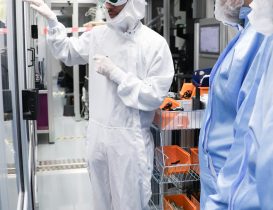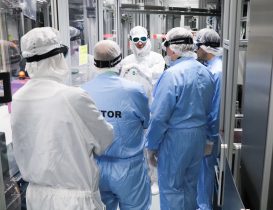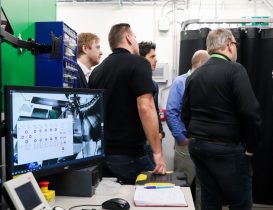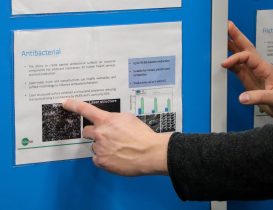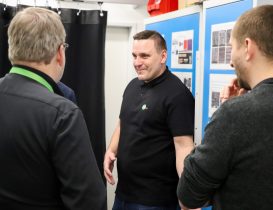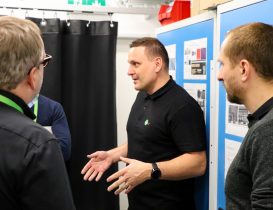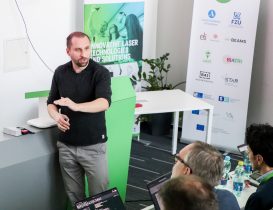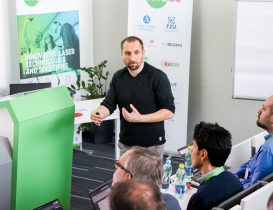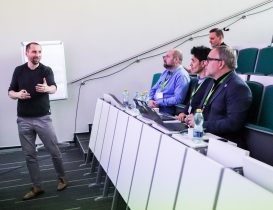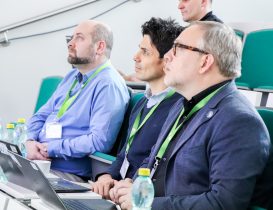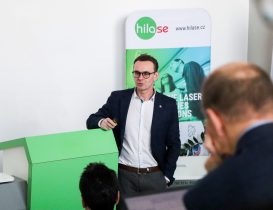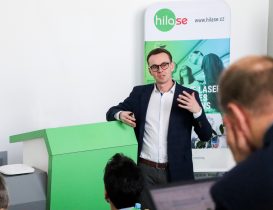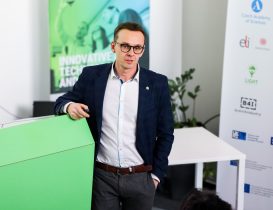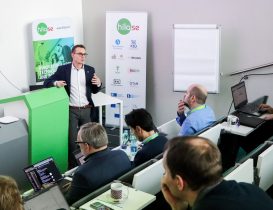Space laser applications are one of the key strategic areas of the HiLASE Centre. That is why we were honoured to welcome a delegation from the European Space Agency (ESA) and the Ministry of Transport to our high-tech centre, to guide them through our laser laboratories and experimental halls and to discuss further opportunities for the HiLASE Centre’s involvement in European space activities.
It included Andrea di Mira (specialist in laser targeting and orbital debris deflection), Tim Flohrer (Head of ESA’s Space Debris Unit) and Václav Nesládek (delegate of the Ministry of Transport to ESA).
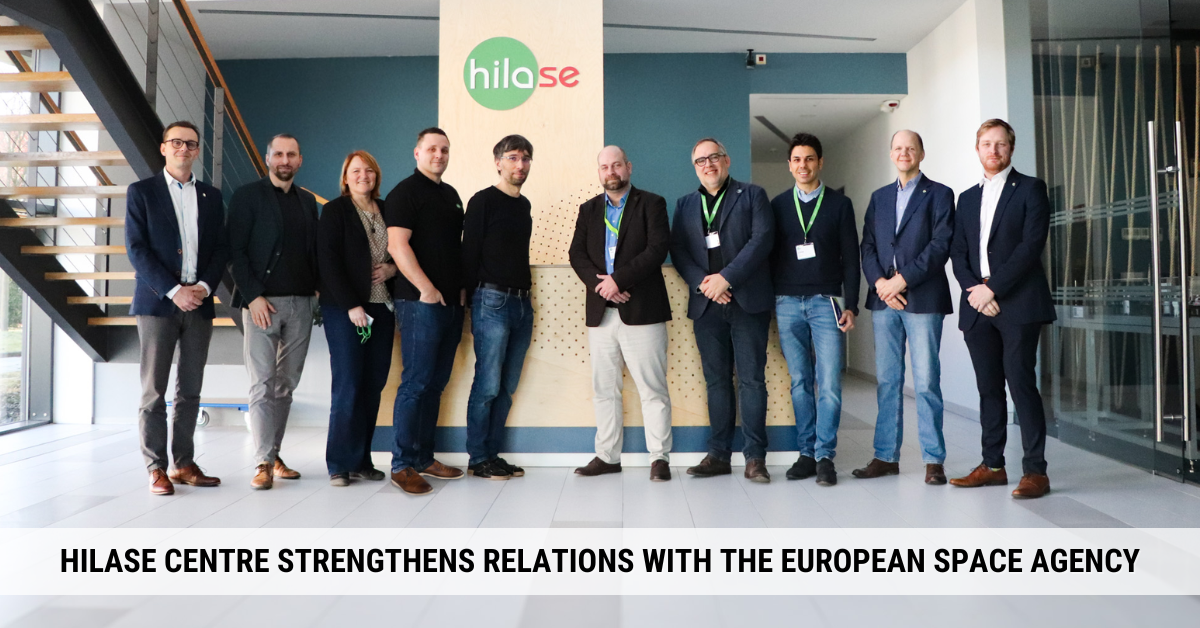
The delegation, accompanied by Jan Vanda, Martin Smrž, Martin Divoký and Radek Pobořil, first visited the Centre’s clean laboratories, where they got acquainted with the BIVOJ and PERLA laser systems and their potential for space applications, such as laser communication or removal of waste from orbit. At the LIDT (Laser Induced Damage Threshold) test station, they learned more about damage threshold testing of optical components, which helps to continue improving laser systems (not only) for space applications.
Then Jan Brajer, head of the Industrial Laser Applications department, showed them the experimental halls focused on Laser Shock Peening and Laser Micromachining technologies, which fall under his department. After a networking lunch, it was time for a detailed presentation of the HiLASE Centre’s space activities, which include, among others, cooperation on the LASARsat satellite, or the new ATLAS project, which aims to make the Czech Republic a leader in the development of innovative laser technologies to support sustainable practices on Earth and in space.
“I see the visit as a unique opportunity for HiLASE to be involved in such a crucial ESA activity as space debris mitigation,” comments Jan Vanda (Space and Defence Activity Coordinator), “Also, the support that the topic of safety in orbit enjoys at the Ministry of Transport is crucial and I appreciate it very much. I believe that HiLASE activity in this area will be an important part of the further development of Czech science and the space industry.”




